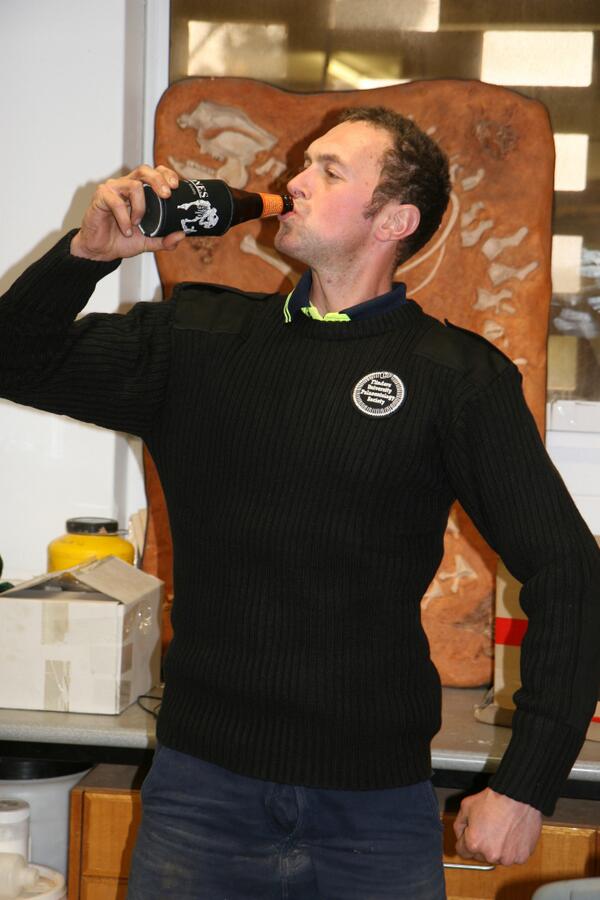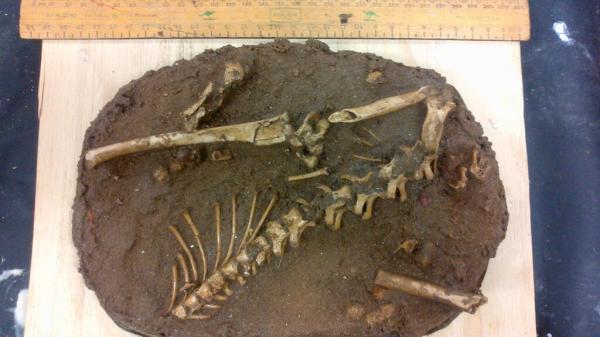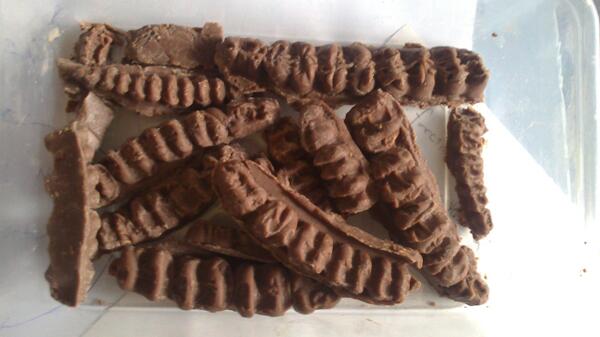Beards in science. They are a thing, and they are an AWESOME thing. Since our inception, @RealScientists have strived, or striven, or strove… it’s early and I don’t have an operating brain, sorry… to bring you the best scientific beards from Australasia and overseas. Nick Bate. Matt Hill. Peter Ireland. Matthew Francis. Jack Scanlan, if he forgets to shave for a couple of days. And seeing as though Saturday was World Beard Day, it is only fair and appropriate that this coming week brings you a curator with the finest beard ever to grace RealScientists: Mr Samuel Arman, palaeontologist of Flinders University, Radelaide.

Sam’s academic career began studying undergraduate arts and science at Flinders, with a brief sojourn into GIS at TAFE. Undertaking honours in 2010-2011, he looked at scratch marks in Tight Entrance Cave, WA, concluding them to likely be formed by Thylacoleo the ‘marsupial lion’ and Sarcophilus the ‘tasmanian devil’. Beginning a PhD in August 2011, he is currently looking at microwear dietary analysis of kangaroos and what it can tell us about niche partitioning and diet in South Australian Pleistocene ecosystems. He is the proud father of two chickens, plays drums and ultimate frisbee badly and is looking forward to becoming a better speller. In a revolutionary new approach to seeking information for RS bio posts, we asked him questions and he provided answers to them.
How did you end up in science?
I ended up in science much in the same way that I end up in most places: indirectly. I studied a BA majoring in philosophy, very much into philosophy of science and metaphysics, so a BSci seemed the next logical step. Once in science I soon learnt I didn’t have the smarts for my first love of physics, and became much more interested in the weird funny things that come about through evolution. After a lecture on the ‘megafauna’, I started volunteering in Gavin Prideaux’s palaeo lab. Soon I was asked to help out on an excavation in ‘Tight Entrance Cave’, a site that would later be the focus of my honours project on Thylacoleo scratch marks. From there I suppose the rest is (pre)history. I focused on palaeo-related subjects and firmly established myself in the lab, while helping run the Flinders University Palaeontology Society on the way to my current position as a PhD student.
What motivates you as a scientist – ie what is the scientific question you most want to answer?
My main motivation comes from science itself; the things we’ve worked out and the creative means that have been used to make those discoveries. Being able to contribute even in an infinitesimal way to that body of knowledge is both my aim and motivation. In terms of specific questions I actually have none. I simply want to know more about how life evolves, and what we can do with this information to help manage current biota. I am currently a PhD student at Flinders University, looking at determining the diet of kangaroos through dental microwear texture analysis.
What keeps you engaged outside of science?
Outside of science I love being active. I am a lousy leg spinner, a rubbish kick of the footy, an average ultimate frisbee player and an awkward yoga student. I read science fiction, Australian history and bad joke books. I play drums loudly and am trying to learn guitar. I dabble in home brew, gardening, dumpster diving, the Adelaide metal scene, board games and inventions which only I consider useful. I also love going bush, especially if there is a likelihood of finding some old bones.
Sam tweets at @samosthenurus when he’s not tweeting for @RealScientists, which is most of the time. BUT NOT THIS WEEK. Stay tuned and enjoy!





